Returns management has become a crucial business function across the e-commerce world. This mounting volume of returns, in turn, exerts pressure on companies to find well-organised and cost-effective solutions. Returns management is more than just containing costs; it touches customer satisfaction and brand loyalty.
Integrating artificial intelligence and automation into returns processes can become a defining difference in allowing order fulfilment businesses to smoothen their operations, cut inefficiencies within their organisational processes, and improve overall customer experiences.
Importance of Efficient Returns Management
Effective returns management is essential for any business. That is particularly true in e-commerce, where return rates are significantly higher than in physical stores.
- Adequate customer returns optimization will not just cut operational costs; it is also the way to ensure appropriate customer retention.
- A hassle-free returns experience is all that the customers crave. If such an expectation is breached, then the loyalty will be lost.
- Efficient return management is also essential in the fulfilment sector. It enables customers to shop more from brands that allow efficient return management.
Effective returns management handles returns from a much more elaborate source than simply refunding, performing inspection, inventory management, repackaging, and upgrading or recycling. By optimising these processes, companies could reduce waste, maintain an optimal inventory level, and use return data to drive improvements in the future. Within a market driven by customer satisfaction, any firm that successfully conducts a returns process in an exemplary manner will set itself apart from its peers through repeat business from happy customers. Prolog Fulfilment allows efficient return management.
The Role of AI and Automation
AI and automation have found return management solutions. Through different processes, AI helps fulfilment companies estimate the rate of returns, detect fraud, and automate customer interaction.
- Automation technologies, such as RPA and state-of-the-art tracking systems, count for the bulk of tasks with an accuracy unattainable for human resources.
- Returns management processing speed will increase due to AI and automation. For instance, AI will undertake past data returns, indicating trends likely to continue, thereby helping businesses determine how to maintain the optimal inventory to avoid huge losses through overstocking or understocking. For example, the creation of labels, inventory updating, and refund processing can all be automated to allow the processing of returns much quicker and with minimal error. Together, these technologies have become a potent pathway for return process optimisation and ensure satisfaction to stay ahead of competitors.
Current Challenges
Traditional methods of returns management require more efficiency, resulting in errors, delays, and increased costs. They also comprise poor data entry, non-standard policies, and a lack of real-time visibility, making proper returns management difficult for any business.
- Inconsistency in their product returns policy is one of the most significant challenges businesses face, leading employees and customers into a perpetual state of confusion.
- Businesses need process standardisation to avoid data entry mistakes, processing delays, and inventory management differences.
- Manual procedures are exquisitely time-consuming and often laden with errors, creating transaction delays and increasing costs.
Moreover, the conventional returns process did not allow businesses with options to track the return status, which would lead to the storage of real-time returns data, which is an essential factor affecting inventory level efficiently. That could lead to over-stocking or under-stocking products, increased operational costs, or missed sales opportunities.
AI and Returns Management
AI offers several advantages over some of the challenges businesses face in traditional return management. First is predictive analytics, which helps a business forecast the rate of return and optimise inventory accordingly. Second, historical data analysis looks at decision-making trends and patterns, enabling a business to optimise its resources properly. Global warehouse automation is 23bn USD.
Again, AI is an essential concept in the detection of fraud. For example, in the data analysis of returns, AI algorithms play a vital role in detecting suspicious patterns of events, such as those entailing the frequent return of high-value items, thus raising the necessary alarms. This helps businesses prevent fraud and reduce losses.
Furthermore, automation is tightly connected with customer interaction, meaning that the answers to the customers’ questions would be offered when they have them, or the user experience would improve. For example, live chat or virtual assistants, supported by AI, perform all the routine procedures, from tracking returns and the status of refunds to general questions about return policies, after which human resources may process much more complex inquiries.
Automation Technology
Automation technologies significantly stream the returns management process. 85% of user interactions are done without humans. An RPA system fully automates repetitive tasks of generating return labels, updating inventory systems, and processing refunds, among many other operations related to and not only associated with handling returns. This means speedier processing, fewer mistakes, and much greater efficiency.
Automation from advanced tracking systems provides a real-time view of returns status. A feature that brings transparency to such a system is the technologies used to track the movement of returned products from initiation until the products are restocked or disposed of. Such tracking brings transparency to using the system and supports better operations management.
Another valuable automation tool involves machine learning algorithms, which enable businesses to analyse large data volumes for opportunities and improvement. For instance, Machine Learning may predict future return rates and problems likely to arise and even propose actions that should be taken to enhance the return process to ensure optimal decisions and efficiency.
Enhancing Customer Satisfaction
How AI and Automation Improve Customer Satisfaction
Customer satisfaction is essential for business success, and automation and AI in return management are the keys to improving the experience. Using AI and automation to get most of the processing done quickly on returns lessens the hassle for the customer to make the returns process more customer-oriented. The AI chatbots can address other regular customer needs, such as tracking returns and processing refunds. Thus, customer data can be used to provide more support in those areas.
Besides, automation provides an avenue for a better and more real-time return process to meet customer expectations. Because of the trust and commitment shown towards the process, customers can trace the status of their returns through real-time tracking systems. A smooth, straightforward return process can boost customer satisfaction, loyalty, and frequent visitation.
Future Trends
Upcoming Innovations and Predictions
Even more significant developments in AI and automation will bring about the next steps in return management. For example, self-driven return management technology will likely be standard in high-volume operations where AI-powered robots undertake a fully automated returns system. This will bring about more efficiency, accuracy, and savings.
For the rapid deployment to align the justification, AI-based decisions and improvements will be made, which is the basis required to get the businesses ready to do more strategic return processes. This will fine-tune the predictive models, paving the way for businesses to accurately predict the rates of returns and eventually optimise adequate inventory levels.
In addition, AI and automation will be integrated into other processes within the supply chain, such as shipping and refurbishment, to ensure a more consistent and continual return process.
Tips For Integrating AI And Automation Effective
For returns management software, a company should become familiar with the processes involved from end to end and then proceed with re-engineering in necessary areas.
- AI and automation must be piloted on a micro-scale so businesses can experiment with the technologies and refine their approach before full integration.
- Aligning with a business’s needs and operational goals requires choosing the right technologies. For example, a survey by Logistics Management found that 68% of companies reported improved efficiency after implementing advanced warehouse management systems (WMS). However, selecting the right technology is just one part of the equation; employee training is equally crucial.
- It would also be essential to monitor and optimise the use of AI and automation. To this end, AI and automation will need to track key performance metrics to ensure technology delivers the desired output and makes it possible to maximise effectiveness.
Conclusion
Returns management technology has shifted with the rise of AI and automation. It has strong potential for businesses to enhance processes, cut expenses, and improve customer satisfaction. The application of these technologies will change application areas towards business process redefinition, optimisation, and improvement of the customer’s return experience. As AI and automation technologies continue to grow, the future of the returns management software will be optimistic with improved innovation and growth.







